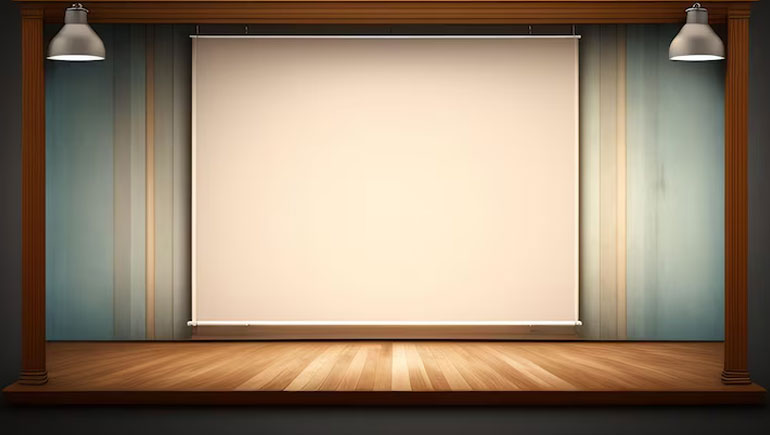Projection Screen Fabric
After you’ve shortlisted on the type and mechanism of your ideal screen, you’ll need to select the best projection screen fabric for the job. Different fabrics have different applications in different environments. Their effectiveness depends on several factors, including the resolution of the media used, the ambient lighting, acoustic conditions and the viewing angle of the audience. It may seem like a complicated topic, but understanding the purpose of screen fabric and the types available makes it easier to choose the optimal fabric for your need.
The two most important factors to start with are the Gain (Screen Brightness) and Viewing Angle of the fabric. There is usually an inverse relation between the two (as Gain increases viewing angle usually decreases).

